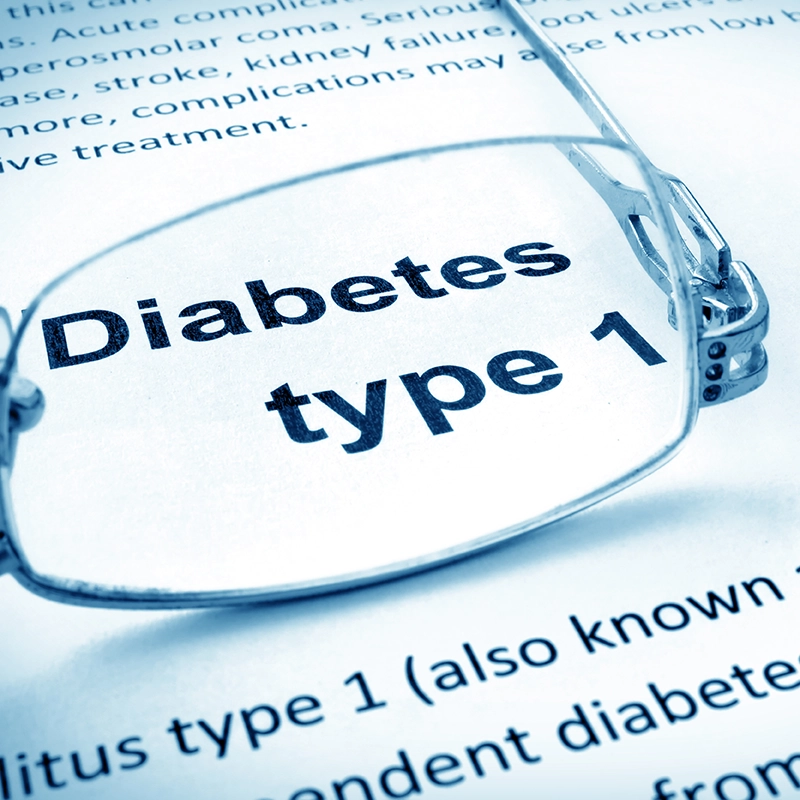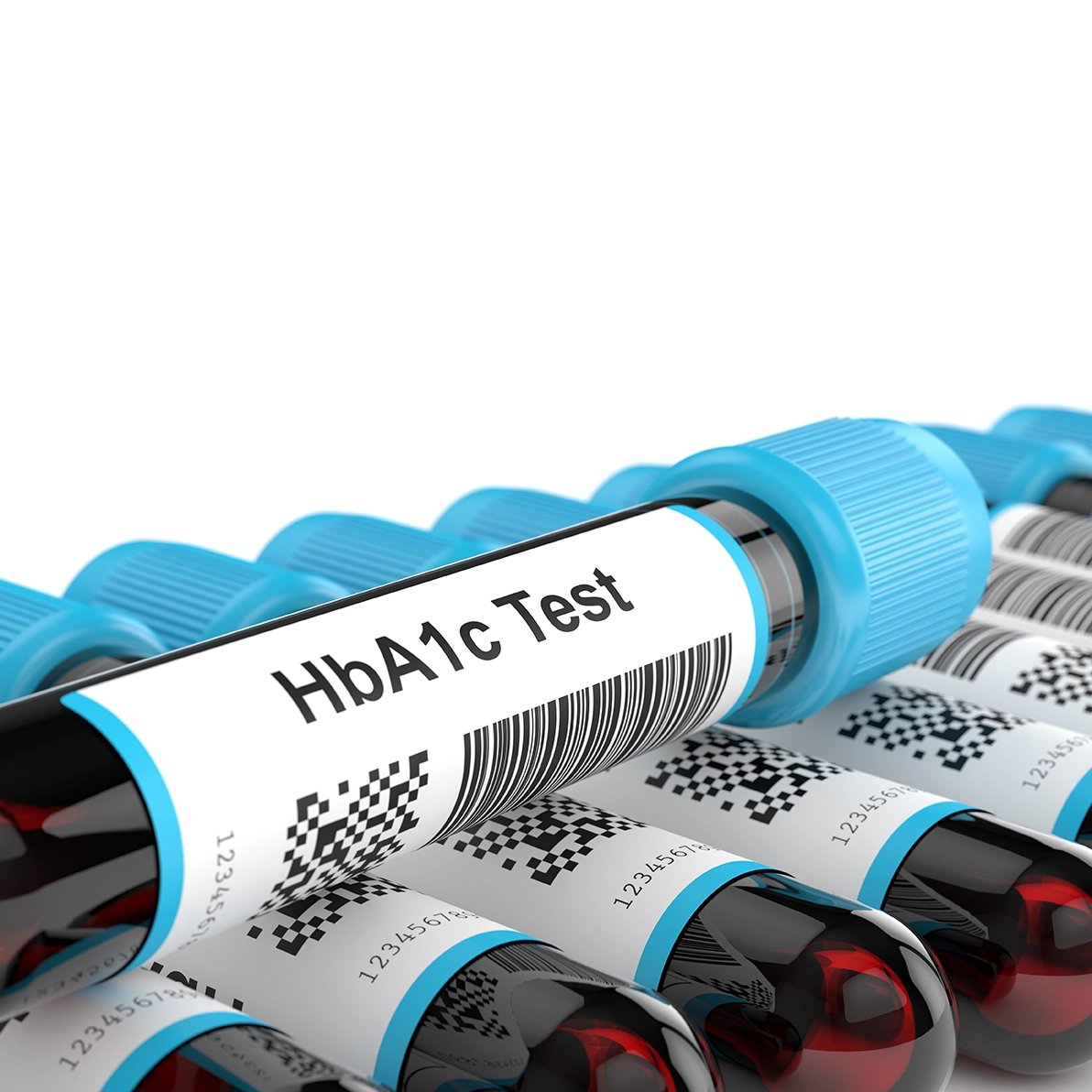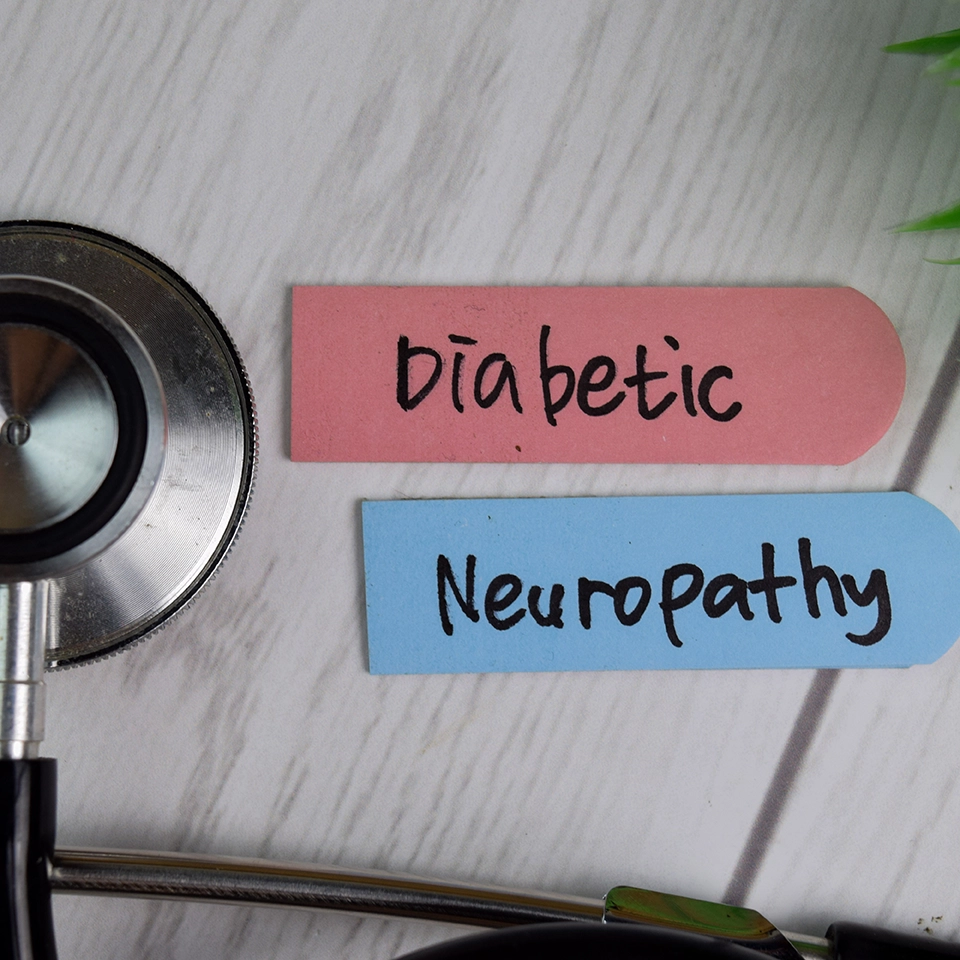Introduction:
While prior research identified five type 2 diabetes mellitus (T2D) subgroups predicting diabetes-related outcomes, these relied on non-routine labs. This study aimed to identify clinically relevant subgroups using standard variables in young adults (<45 years) with T2D and to evaluate their association with diabetes-related complications.
Methods:
- Data Source: Utah Diabetes Database
- Population: Adults with T2D diagnosed first at 18–44 years of age (n=13,086) from a larger cohort (N=352,826)
- Exclusions: Missing data, lab investigations suggesting type 1 diabetes
- Analysis:
- Hierarchical analysis → k-means clustering
- 3 clusters identified: C1, C2, C3
- Key Clinical Variables: Age at diagnosis, baseline BMI, HbA1c, GFR
Results:
|
Cluster |
Key Characteristics |
Diabetes Complications |
|
C1 |
Highest BMI (45 ± 7 kg/m²), lowest HbA1c (7.2 ± 2.1%), moderate GFR |
Moderate risk for nephropathy and MASLD-related hepatic fibrosis; low risk for retinopathy; least insulin use |
|
C2 |
Youngest (28 ± 5 yrs), highest HbA1c (8.5 ± 2.8%), highest GFR |
Highest risk of DKA and hypoglycemia; lowest nephropathy risk; most likely to need insulin |
|
C3 |
Oldest (39 ± 4 yrs), lowest GFR (86 ± 27 ml/min/1.73m²), moderate HbA1c |
Highest risk of nephropathy, retinopathy, neuropathy, and MASLD-related hepatic fibrosis |
BMI: Body Mass Index; HbA1c: Glycated hemoglobin; GFR: Glomerular Filtration Rate; DKA: Diabetic Ketoacidosis; MASLD: Metabolic dysfunction-Associated Steatotic Liver Disease
Conclusion:
Three clinically defined T2D subgroups in young adults were associated with distinct risk profiles for complications. These findings support the potential for precision pharmacotherapy tailored to subgroup-specific risk, using only routine clinical data.
ADA 2025, 20-23 June, Chicago




